
In spiritualism, paranormal literature and some religions, materialization is the creation or appearance of matter from unknown sources. The existence of materialization has not been confirmed by laboratory experiments. Numerous cases of fraudulent materialization demonstrations by mediums have been exposed.

Mediumship is the practice of purportedly mediating communication between familiar spirits or spirits of the dead and living human beings. Practitioners are known as "mediums" or "spirit mediums". There are different types of mediumship or spirit channelling, including séance tables, trance, and ouija.

Eusapia Palladino was an Italian Spiritualist physical medium. She claimed extraordinary powers such as the ability to levitate tables, communicate with the dead through her spirit guide John King, and to produce other supernatural phenomena.
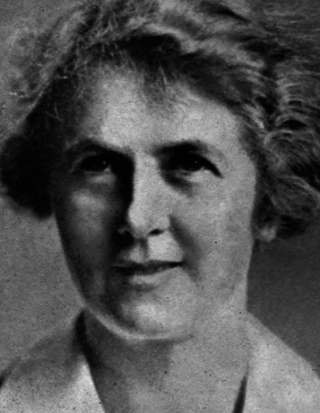
Mina "Margery" Crandon was a psychical medium who claimed that she channeled her dead brother, Walter Stinson. Investigators who studied Crandon concluded that she had no such paranormal ability, and others detected her in outright deception. She became known as her alleged paranormal skills were touted by Sherlock Holmes author Sir Arthur Conan Doyle and were disproved by magician Harry Houdini. Crandon was investigated by members of the American Society for Psychical Research and employees of the Scientific American.

Henry Slade (1835–1905) was a famous fraudulent medium who lived and practiced in both Europe and North America. Slade was best known for his "slate writing" method, where he would purportedly produce message written by spirits on slates.
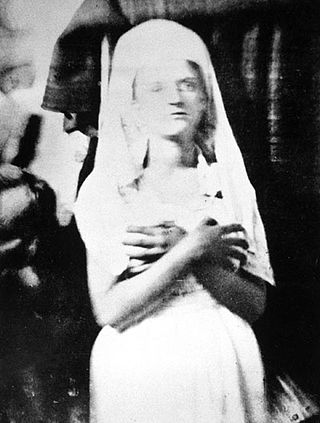
Katie King was the name given by Spiritualists in the 1870s to what they believed to be a materialized spirit. The question of whether the spirit was real or a fraud was a notable public controversy of the mid-1870s.

Florence Eliza Cook was a medium who claimed to materialise a spirit, "Katie King". The question of whether the spirit was real or a fraud was a notable public controversy of the mid-1870s. Her abilities were endorsed by Sir William Crookes but many observers were skeptical of Crookes's investigations, both at the time and subsequently.

Ectoplasm is a term used in spiritualism to denote a substance or spiritual energy "exteriorized" by physical mediums. It was coined in 1894 by psychical researcher Charles Richet. Although the term is widespread in popular culture, there is no scientific evidence that ectoplasm exists and many purported examples were exposed as hoaxes fashioned from cheesecloth, gauze or other natural substances.

Leonora Piper was a famous American trance medium in the area of Spiritualism. Piper was the subject of intense interest and investigation by American and British psychic research associations during the early 20th century, most notably William James and the Society for Psychical Research.
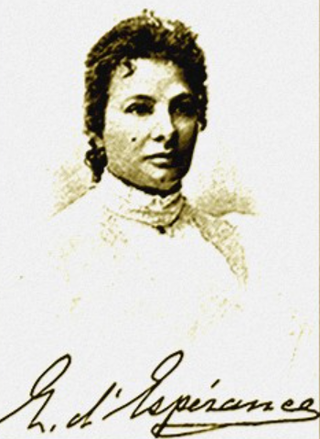
Mme. d'Esperance was an English spiritualist medium who was exposed as a fraud.

Franek Kluski, real name Teofil Modrzejewski (1873-1943), was a Polish physical medium criticized by trained magicians and skeptics as a fraud. Kluski was best known for his séances in which alleged "spirit" molds of hands materialized. It was later demonstrated by Massimo Polidoro and chemist Luigi Garlaschelli that these molds could have easily been made by fraudulent methods.

Hereward Carrington was a well-known British-born American investigator of psychic phenomena and author. His subjects included several of the most high-profile cases of apparent psychic ability of his times, and he wrote over 100 books on subjects including the paranormal and psychical research, conjuring and stage magic, and alternative medicine. Carrington promoted fruitarianism and held pseudoscientific views about dieting.

Jack Webber (1907–1940) was a Welsh spiritualist medium.

Jan Guzyk (1875–1928), also known as Jan Guzik was a Polish spiritualist medium known for his alleged ability of psychokinesis. Guzyk was exposed as a fraud by psychical researchers Harry Price and Max Dessoir.
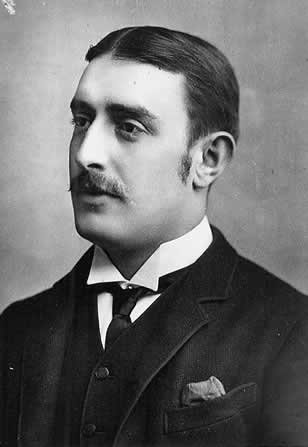
William Eglinton (1857–1933), also known as William Eglington was a British spiritualist medium who was exposed as a fraud.
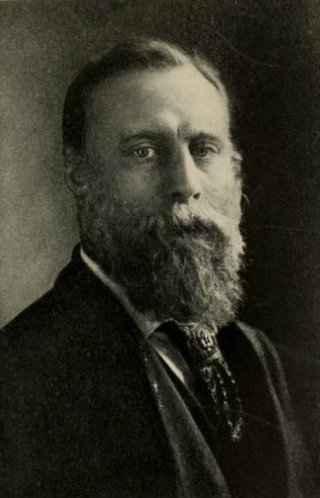
Richard Hodgson was an Australian-born psychical researcher who investigated spiritualist mediums such as Eusapia Palladino and Leonora Piper. During his later life, Hodgson became a spiritualist medium himself and believed to be in communication with spirits.

Francis Ward Monck was a British clergyman and spiritualist medium who was exposed as a fraud.

Annie Fairlamb Mellon (1850–1938) also known as Mrs. J. B. Mellon was a British materialization medium.
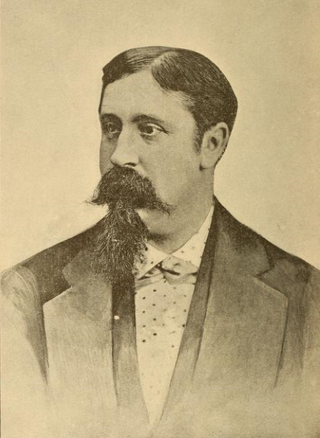
Charles Henry Foster (1838–1888) was an American spiritualist medium.
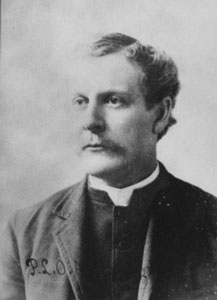
Pierre Louis Ormond Augustus Keeler (1855-1942), best known as Pierre L. O. A. Keeler, was an American spiritualist medium.



















